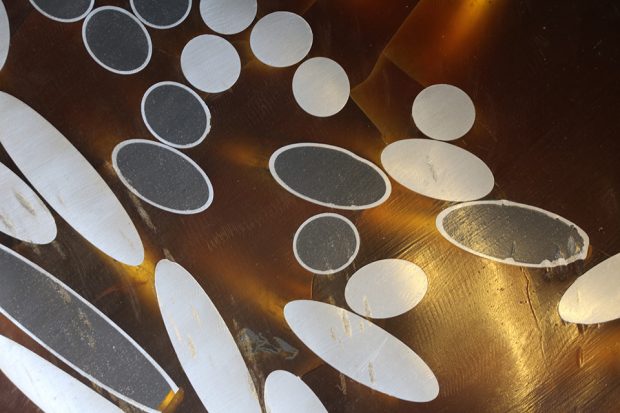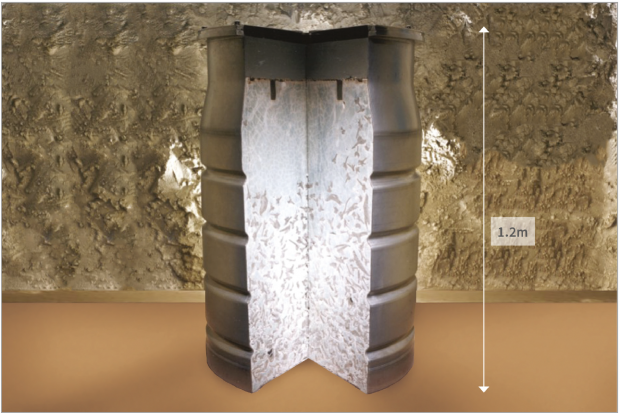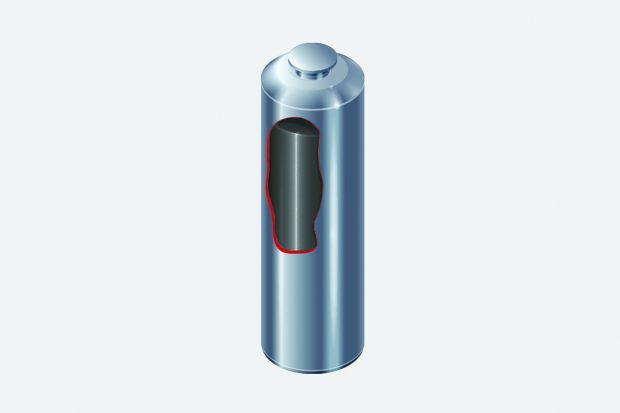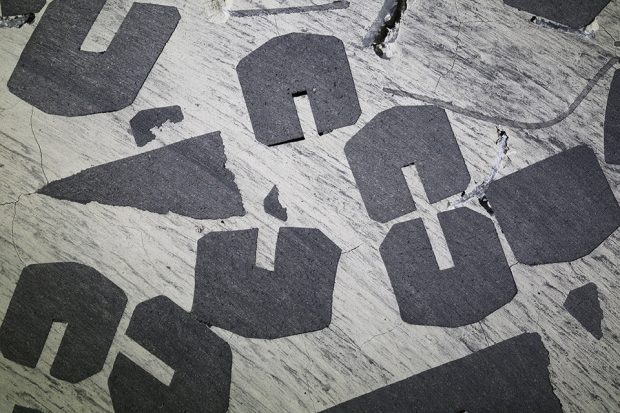When you hear the term “radioactive waste”, what images come to mind?
Radioactive waste actually comes in many different shapes and sizes. But despite what certain TV programmes would have you believe, one thing it definitely doesn’t look like is barrels of green slime. Liquids can spill and leak, so to protect people and the environment, radioactive waste is never disposed of in liquid form.

Low Level Waste (LLW)
When it’s created, low level radioactive waste can look like many things, including soil, rubble, scrap metal, paper and clothing.
That’s because low level waste is any waste material that contains relatively low levels of radioactivity. So some of the soil and building materials left over after dismantling a nuclear facility are low level waste. So are some items of protective clothing that people have worn when on nuclear sites or in radiation labs in hospitals and universities.
In a radioactive waste storage or disposal facility, Low Level Waste packages look less familiar. This is because, to make it safe, we place low level radioactive waste into metal containers, which we then fill with cement. Therefore all you would see is a stack of metal boxes, a bit like shipping containers.
Intermediate Level Waste (ILW)
Some intermediate level radioactive waste takes the form of graphite bricks, and some looks like dismantled machinery. Most Intermediate Level Waste is material from inside a nuclear reactor, which means it has been in close contact with highly radioactive nuclear fuel over a long period.
In a nuclear reactor, fuel rods heat up liquid to generate power. Graphite bricks help maintain the chain reaction that makes the fuel rods hot.
Graphite bricks from the reactor core and other components from decommissioned reactors are intermediate level radioactive waste. To make it safe to store, we place Intermediate Level Waste into stainless steel drums or boxes, usually after breaking it up to make it smaller and easier to package. Most of these are 500 litre drums, like a cross between an oil drum and a milk churn, but made of shiny stainless steel. We then fill these containers with cement.

High Level Waste (HLW)
When many of our nuclear fuel rods have been used, they go to be recycled, or reprocessed. A by-product of this reprocessing is a highly radioactive liquid. As I’ve said, we do not dispose of radioactive waste in liquid form, so we mix it with silica and allow it to set solid, a process known as vitrification. The result is a block of dark, almost black glass.

Contact with High Level Waste is extremely dangerous, so we take great care to protect people from it. The vitrification process is all handled by remote controlled robots, so no one has to get anywhere near the waste. You only ever see it through cameras or very thick shielded glass, and even then, you’re not usually seeing the waste itself. What you see is the container.
I have visited the Sellafield nuclear site, where there is a store of these containers underneath a thick concrete cap. Because of the vitrification, the containers and the concrete, it’s safe to walk on the cap, and when you do, you can feel a gentle warmth through your protective shoes. This is because high level waste generates heat.
Disposing of waste safely
More than 90 percent of the volume of the radioactive waste generated in the UK in over 60 years is low level waste. This is already being safely disposed of at the Low Level Waste Repository in Cumbria or at other specially designated, licensed facilities.
The rest is currently being stored safely in more than 20 different facilities around the UK. If this Intermediate and High Level Waste is kept in these facilities indefinitely, it will eventually need to be repackaged, which is a delicate and costly process. And the facilities themselves require constant monitoring and regular, ongoing maintenance.
The plan is to safely and permanently dispose of this waste by transferring it to a Geological Disposal Facility (GDF): a highly engineered network of vaults and tunnels built hundreds of metres underground in solid rock. This will make sure that harmful levels of radiation never reach the surface.

Recent Comments